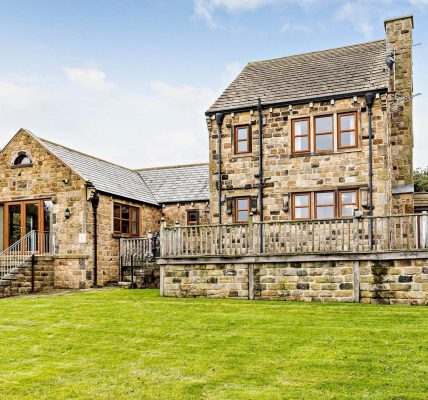Why co-housing developments offer the best chance of creating a real community
The importance of a caring, sharing community has been brought into sharp focus during the pandemic.
To quote the TV soap opera “everybody needs good neighbours” and those lucky enough to have them have been even more thankful during the past year.
Creating cohesive communities is much harder than you might think, especially these days when the chance of bumping into neighbours, getting to know them and passing the time of day are limited, partly due to the use of cars rather than shanks’s pony or public transport.
These meetings tend to happen by chance and can wax and wane depending on the individuals who live in the area.
By far the best way of creating a great neighbourhood is to manufacture it and this concept is gaining traction via co-housing.
Often misconceived as an old-style commune, the movement has learned lessons from the hippy era by adopting the best ideas and ditching those that clearly did not work.
With co-housing developments, each household is self-contained with its own house or flat and there is a community hub, aka common house, where residents can come together, share activities and regularly eat together.
The hub houses the mailroom and a laundry, where residents will naturally bump into each other. There is also shared outdoor space, including gardens and allotments, which also create opportunities for people to meet. Cars are usually parked at the edge of the site leaving most of it car free.
The properties can be mixed tenure so some are available to rent while others are shared or mutual ownership. This gives existing residents the right to interview prospective buyers to check that their ideals fit with the overall cohousing concept.
Those who move in must be willing to muck in with the shared work, which includes managing finances, gardening, activities and decision making. The latter is usual done in a non-hierarchical way, often using consensus.
UK Co-housing reports that there are now 19 built co-housing communities,with a further 60 plus in the pipeline.
While the first communities were self-funded, the government has backed some of the latest cohousing ventures.
LILAC, the Low Impact Living Affordable Community in Bramley, Leeds, is one of the best examples in US. It opened in 2013 and funding for the £2.7m development of 12 apartments and eight houses came from members’ investments, a £400,000 government grant and a mortgage.
LILAC works on a system of mutual home ownership and a share-based scheme. It’s a hybrid of renting and buying. Residents put down a deposit of ten per cent of the property’s value and then pay 35 per cent of their income each month. This buys them shares, which they can redeem when they leave, which means they have an investment that allows them to move on.
On paper, co-housing sounds straightforward but getting these developments out of the ground and up-and-running is anything but. It is time consuming and finding land and getting funding together is a considerable task.
It has taken Chapeltown Co-housing, aka ChaCo, in Leeds 11 years to get from concept to the development of 29 homes, a common house and workshop.
The site will take another year to complete, due to the pandemic and their contractor going into liquidation part way through the build.
The land was sourced from Leeds City Council, which also provided a development loan, as did the Ecology Building Society and there was a grant from the government’s Homes England.
Short-term loans from investors have also made the £5.3m venture possible and ChaCo has just released another loan stock offer to the public for between three and 10 years, which will pay an interest rate of up to three per cent.
ChaCo’s co-founder Bill Phelps says: “It’s all been much more lengthy and complicated than we thought it would be. We began 11 years ago but the end is in sight and we have had a lot of support from loan stock investors.
“Our loan stock offers a social and a financial return, transforming lives by creating a thriving community in a deprived area. We have had a good response with some investors refusing to accept any interest at all.”
Bill stresses that since ChaCo began its quest, establishing a cohousing community has become less complex and quicker.
On ChaCo’s site, there are some rental properties with the rest available to buy on a shared ownership basis of between 25 and 99 per cent with existing Chapeltown residents having first option. Prices start at £115,000 for a two-bedroom duplex so shared ownership of 50 per cent would be £57,500 with rent on the half £266 per month.
You must become a member of the Chapeltown Cohousing group to buy or rent and there is a vetting process.










